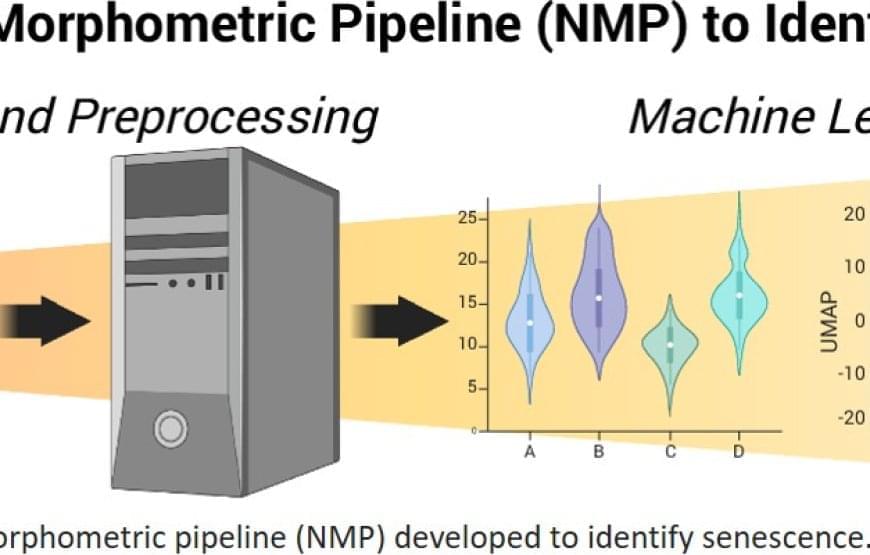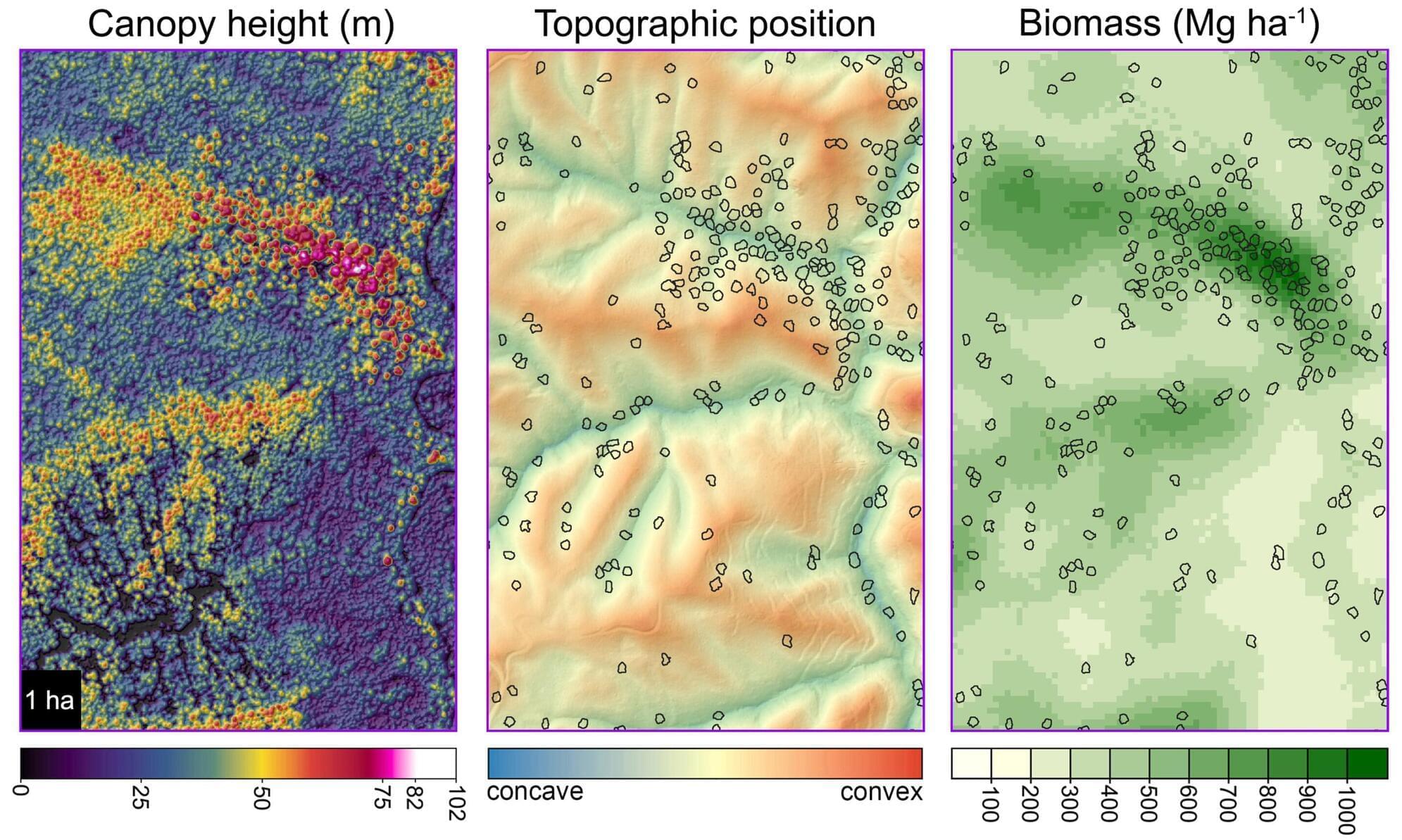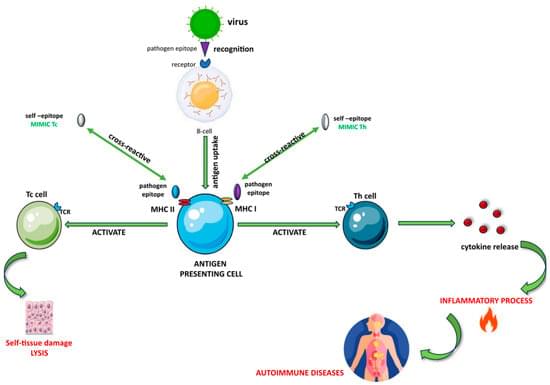Many Chinese semiconductor fab projects failed due to a lack of technical expertise amid overambitious goals: some startups aimed at advanced nodes like 14nm and 7nm without having experienced R&D teams or access to necessary wafer fab equipment. These efforts were often heavily reliant on provincial government funding, with little oversight or industry knowledge, which lead to collapse when finances dried up or scandals emerged. Some fab ventures were plagued by fraud or mismanagement, with executives vanishing or being arrested, sometimes with local officials involved.
To add to problems, U.S. export restrictions since 2019 blocked access of Chinese entities to critical chipmaking equipment required to make chips at 10nm-class nodes and below, effectively halting progress on advanced fabs. In addition, worsening U.S.-China tensions and global market shifts further undercut the viability of many of these projects.
So, let’s go over some of China’s most ambitious fab projects, many of which have fallen into oblivion, or have become a dreaded zombie fab.









